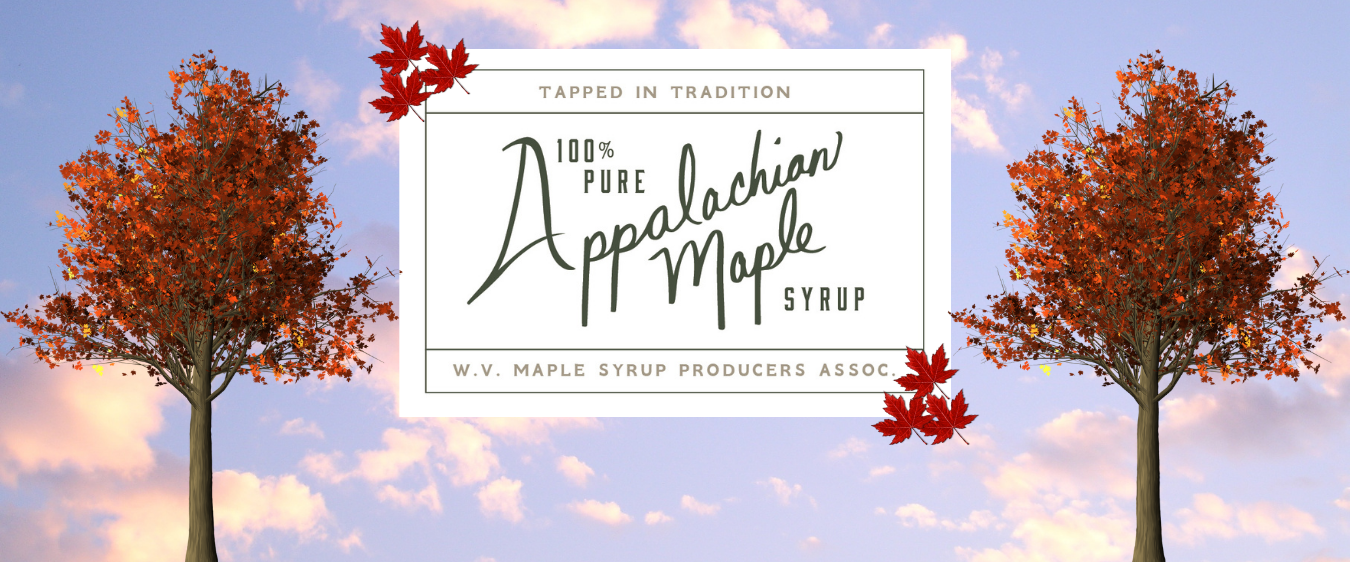
By
WV Delegate Mike Rechlin
October 21-23 – Duluth, MN
The North American Maple Syrup Council (NAMSC) and the International Maple Syrup Institute (IMSI) both continue to serve as representatives in matters impacting the maple syrup industry. Although separate entities, they hold their meetings together and work together in promoting maple. Those activities include developing communications materials, funding maple research, our subscription to The Maple Syrup Digest (NAMSC), and supporting the International Maple Grading School (IMSI. As a member of the NAMSC, the West Virginia Maple Syrup Producers Association shows its support for these efforts.
Specific national initiatives include:
- Lobbying NASS (National Agricultural Statistical Service) to try to reverse its decision to drop 6 states, including West Virginia, from its annual survey. Unfortunately, this effort by the NAMSC, WVDA, and thee WVMSPA was unsuccessful and those 6 maple producing states will, for now, not be included in the national statistics on syrup production.
- Successfully resolving the “added sugar” issue with the USFDA. Although initially proposed by the FDA, maple syrup does not have to state, “added sugar,” On the label.
- Proposed to the FDA a change to the CODEX definition of maple syrup to read “a pure product from sap with no additives,” which would remove from the definition the words “possibility of preservative use.”
- Recommended to FDA a definition of maple water.
Of particular interest at the meeting were reports on on-going research by the three major maple research organizations. Brief summaries of findings are given below.
Proctor Maple Research Center, UVM – Tim Perkins – their goal is to get 0.5 gal of syrup per tap. In the 2019 season their yield was 0.65 gal syrup per tap. Specific research into:
- Syrup darkening in jugs over time. Findings: the more head space (air) the more the syrup darkens. Sugharhill XL coated jugs greatly reduces syrup darkening.
Acer Center, Quebec – Martin Pelletier
- Worked with eliminating “buddy” flavors from end of season syrup, which is different from mid-season metabolism flavors. They tried aeration, fermentation and chemicals, nothing worked. Take home message, buddy syrup tastes buddy, nothing you can do about it.
- Spout size under vacuum – 7/16 to 5/16 minimal drop in production. 5/16 to 1/4 or lower, noticeable drop in sap production.
- DBH positively correlated to sap volume. Bigger trees = more sap.
- Depth in seating spouts. Replicated our WV study with similar results. Driving spouts too deep decreases sap production
- Two spouts in red maple increased production, but does not double it.
- Tapping in stained wood decreases sap production 60-75%. Take home message, take time to position your tap to drill into new wood.
- NOTE: Both Proctor and Cornell are seeing reductions in sap volume from 3/16 lines after 3 years of use due to plugging of T’s. We have not seen this in WV, or at least it has not been reported. Thoughts are that we might not have the problem due to our slope.
Cornell – Steve Childs – Check out their time lapse photography of pressure in trees. https://www.youtube.com/watch?v=kZxGa8sXDvM Watch the clock and the pressure gauge at the same time. Zero (top) on the gauge is no pressure, below zero negative pressure and above zero positive stem pressure.
- You can reuse spouts and droplines without any decrease in sap volume IF you remove them (use quick release couplings), sanitize with a bleach solution (20 plus minutes) and thoroughly rinse. Steve has a producer (present at the meeting) who has not purchased a foot of tubbing or a spout in 5 years and has production equal to that obtained with a new tubbing system.
- Oxygen infusion in sap removes metabolism off-flavors and darkens the syrup produced.
University of Rhode Island School of Pharmacy – Navindra Seeram – Maple as a healthier alternative sweetener.
- Plants produce protective chemicals which are present in maple syrup
- Polyphenols – a cocktail of beneficial compounds – anti-inflammatory
- Quebecol – needs boiling to produce
- Polysaccharides in Maple – more than just sucrose
- Check out https://web.uri.edu/maple/research/ for research results.
Also, most research referenced in this report is available at www.mapleresearch.org.



